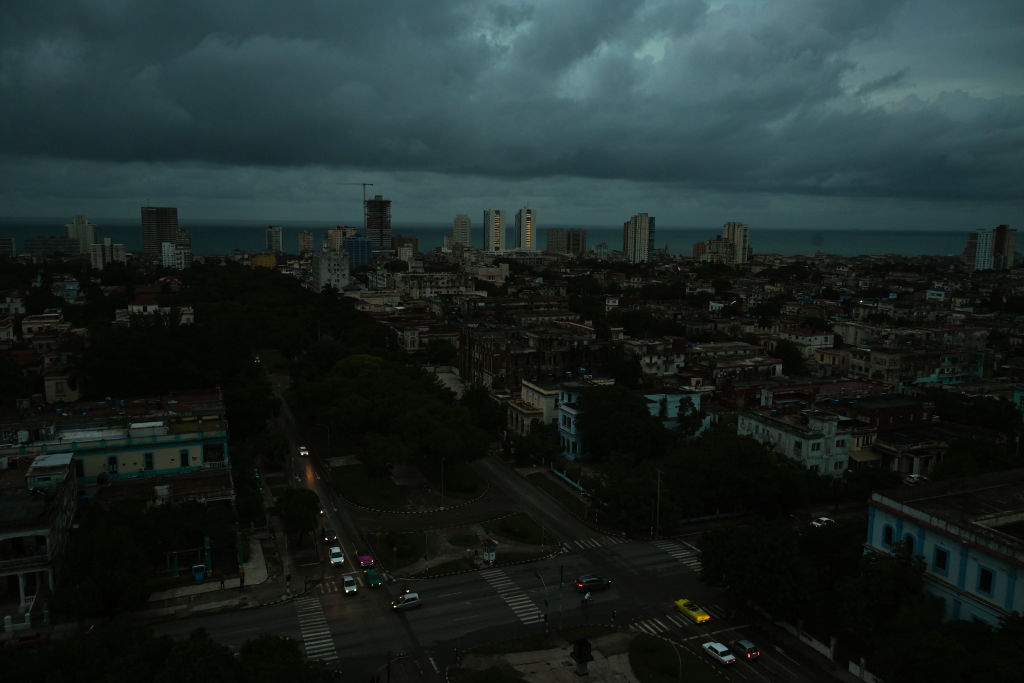Some electricity was restored in Cuba, the government said Saturday, after the island nation’s worst blackout in at least two years left millions without electricity for two days.

Energy Minister Vicente de la O Levy said the country had 500 megawatts in its electrical grid early Saturday, compared to the 3 gigawatts that are normally generated. He posted on the social media platform X that “several substations in the west now have electricity.”
O Levy also said two thermoelectric power plants are back and two more will resume their operations “in the next few hours.”
About half of Cuba was plunged into darkness on Thursday evening, followed by the entire island on Friday morning after the plant failed.

Get breaking National news
Havana’s electricity company said in a statement earlier Saturday that a part of its western system was disconnected “after the exit of one of the plants that was delivering service.” That issue has left some parts of the city in the dark once again, with the total megawatts dropping from 500 to 370.
The streets of Cuba’s capital, where 2 million people live, were quiet on Saturday, with few cars driving by after a night that was lit by candles and lamps. The impact of the blackout goes beyond lighting, as services like water supply also depend on electricity to run pumps.
The blackout was considered to be Cuba’s worst in two years, after a Category 3 hurricane damaged power installations and it took days for the government to fix them. This year, some homes have spent up to eight hours a day without electricity.
Besides the Antonio Guiteras plant, whose failure on Friday affected the entire national system, Cuba has several others and it wasn’t immediately clear whether they remained functional.
There is no official estimate for when the blackout will end. Even in a country that is used to outages as part of a deepening economic crisis, Friday’s collapse was massive.
The Cuban government has announced emergency measures to slash electricity demand, including suspending school and university classes, shutting down some state-owned workplaces and canceling nonessential services. Officials said that 1.64 gigawatts went offline during peak hours, about half the total demand at the time.
Local authorities said the outage, which started on a small scale Thursday, stemmed from increased demand from small- and medium-sized companies and residential air conditioners. Later, the blackout got worse due to breakdowns in old thermoelectric plants that haven’t been properly maintained and the lack of fuel to operate some facilities.
Changes to electricity rates for small- and medium-sized companies, which have proliferated since they were first authorized by the communist government in 2021, are also being considered.









Comments